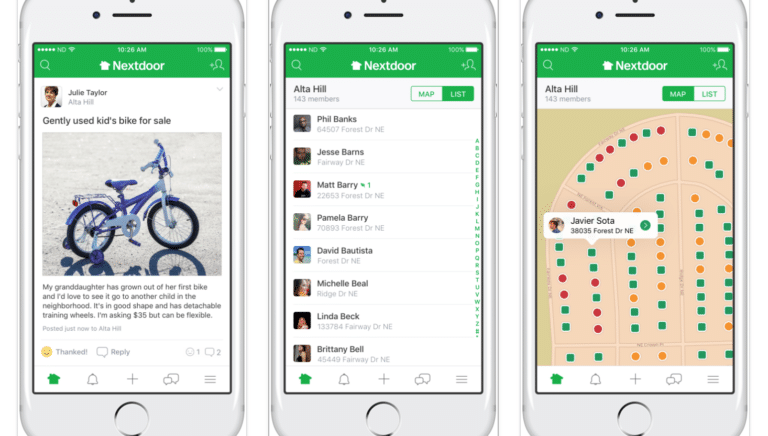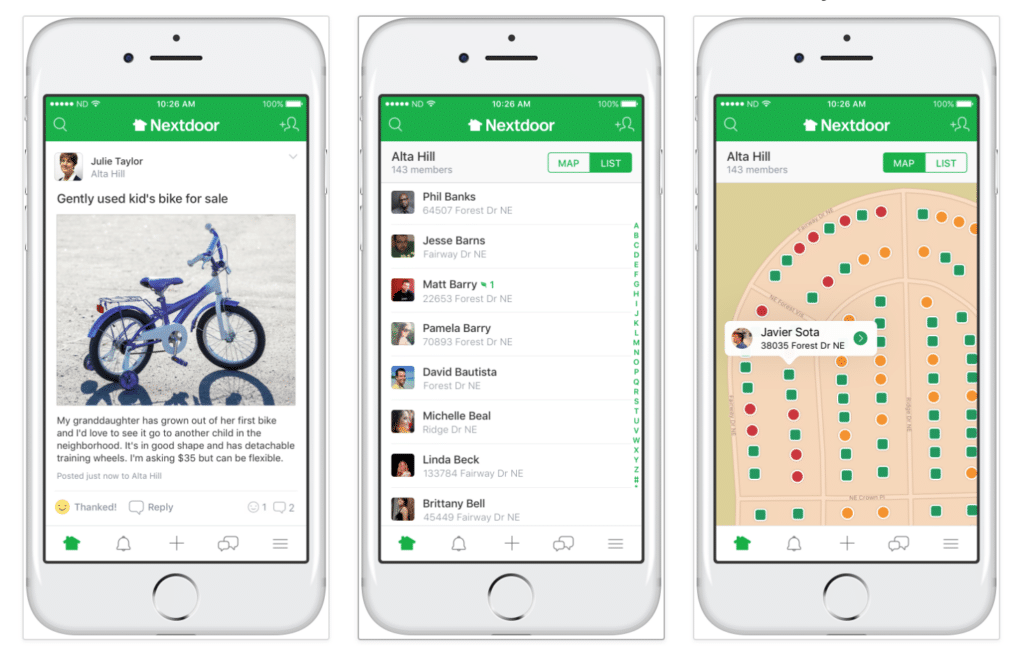This blog post was originally published in 2018. You can also read one of our newer posts on how deep linking technology influences cross-platform user acquisition.
What is cross-platform attribution?
These days, if you do any sort of marketing at all, you’re almost certainly measuring your results—how else are you supposed to know what’s working and what isn’t? In an undeniably interconnected world that’s getting more and more mobile-focused by the day, sophisticated and dependable attribution across web and app channels (not to mention across desktop and mobile devices) is the name of the game.
There was a time not too many years ago when it was enough to put a couple of trackers on your site, throw some query parameters on your links, and call it a day. Attribution meant web attribution, and that was that (at least for eCommerce companies). If your customers wanted to interact with you online, they’d visit your website on their computer (maybe clicking an ad, or email or two, along the way) and purchase something. Web attribution was pretty new, but—if you picked the right partner—it worked pretty well.
That all changed a decade ago with the launch of the iPhone. Almost overnight, your customers were interacting with your brand (whether through ads, email, or another mobile marketing channel) in more ways than ever.
Imagine that you’ve just moved to a new city or town, and you’re looking to get to know your neighbors—you might see a Facebook App Install ad for Nextdoor, and you click it and open the Nextdoor website. Then, perhaps you get distracted for a couple of days before remembering Nextdoor and searching for the app directly in the App Store. Finally, you install the Nextdoor app and begin networking with your neighbors.
Is this mobile app install due to the Nextdoor ad you originally clicked on, even though you downloaded the app and signed up a few days afterward in a different session and on a different platform? With the benefit of our hypothetical bird’s-eye view, the answer is clearly yes—at least in part. However, to the traditional mobile marketer in 2018 using legacy attribution tools, this individual experience would appear to be two separate people, one of whom downloaded the app, and one of whom clicked an ad.
So, how do you know which isolated data points to connect to each other from the sea of isolated data points that flood into your analytics dashboard each day? Without cross-platform attribution, you can’t.
The essence of cross-platform attribution is getting as close to our hypothetical bird’s-eye view as possible. With cross-platform attribution, you can track and analyze all the different touchpoints you maintain with your customers, across all the different platforms and channels they use to interact with your brand.
By integrating cross-platform attribution into your mobile marketing stack, you can leave behind the cookie-based or device-ID-based attribution that’s became the stale status-quo, and instead embrace Branch’s attribution model. You’re tapping into the exact insights you need to understand how users—regardless of their platform(s) of choice—interact with your brand. You’re creating an environment in which you treat and track your users as the people they are.
What are the benefits of cross-platform attribution in 2018?
Why should cross-platform attribution matter to you? If you’re not accurately measuring the full customer path across each user platform, you could be underinvesting or over-investing in certain acquisition platforms.
In our hypothetical Nextdoor example, connecting the dots ensures you have an accurate view of that ad’s ROI. With traditional attribution tools, you’ll see only instances where clicking the ad linearly led to conversions—in response, you will likely underinvest in that particular campaign, keyword, or ad type. While traditional approaches to attribution may award you some insights (say, the border pieces of a puzzle), cross-platform attribution fills in the center and gives you the complete picture you need to optimize your mobile marketing spend in 2018.
What are the challenges associated with cross-platform attribution?
For many marketers and product managers, it’s challenging enough to manage attribution on a single platform—throw in the potential for multiple channels (for instance, mobile web, email, paid Facebook ads, and more), and the complexity increases exponentially. When tracking user acquisition, engagement, retention, and conversion across multiple channels, you can no longer rely on a couple of basic website trackers and cookies to give you all the data you need. Referring back to the above Nextdoor example, there will likely be a ton of touchpoints across a ton of different contexts:
- Click ad in the native Facebook app
- Visit the website in the Facebook browser
- Visit the website in mobile Safari
- Interact with a neighbor using the Nextdoor native app
This translates into a bunch of different cookies and device IDs tied to data on each of these individual interactions. Piecing this puzzle together is no easy feat—how do you connect a cookie in mobile Safari to a cookie in Facebook to a device ID in Chrome?
This is where a good cross-platform attribution partner comes into the picture. Partners like Branch connect those dots and unify attribution across all channels, platforms, and devices.
What makes a good cross-platform attribution partner?
There are a couple of must-haves that you’ll definitely need to consider:
- Reach. No cross-platform attribution partner can compete without mastering the ability to measure customers across all the different channels where they interact with your mobile brand. A vendor with strong reach in the app world but much less presence in the mobile web world is only as good as its weakest link.
- Accuracy. There’s no point to attribution if it’s not accurate! In fact, inaccurate attribution is worse than no attribution at all—you end up making wrong decisions with less hesitation.
Ultimately, the provider you pick depends on your exact needs, but a cross-platform attribution provider without strength in each of the areas above is unlikely to be effective.
How does Branch provide cross-platform attribution?
These aren’t easy challenges to overcome, and finding a partner that fits all the criteria of a cross-platform attribution expert can be daunting. Luckily, Branch is uniquely positioned to help out—we have been powering cross-platform user experiences from day one. Attribution is just the natural next step in our evolution.
We’ve spent years building the best deep linking products in the industry, ensuring that your users enjoy the seamless experiences they’ve come to expect online. All those mobile web clicks on Branch links, all those users deep linked into apps—those connections are the building blocks of a unique view into your users’ cross-platform behavior.
Those building blocks come together to power our new people-based attribution capabilities. In fact, because our SDKs (both web and native app) sit in over 30,000 apps, our data is as expansive as it is accurate. Better yet—Branch integrates with your other advertising and marketing partners to ensure your data ends up exactly where it needs to be.
How should I approach cross-platform attribution?
If you’re in marketing, chances are you’re already doing some sort of attribution today—but do you have the best possible understanding of where your customers interact with your brand? Do you have the best possible understanding of what your users’ journeys look like across all platforms, channels, and devices?
It’s time to start thinking about your customers the same way your best customers are thinking about you—as deliverers of value across every platform that encompasses their digital experiences. With Branch’s attribution, you can not only reliably connect user behavior across marketing channels and platforms, but also optimize budget allocation across each channel and platform to maximize future growth. You can also check out our recently-released Ultimate Guide to Web and App User Attribution for an exploration of the attribution best practices in even greater depth.
























